Arcul de Triumf
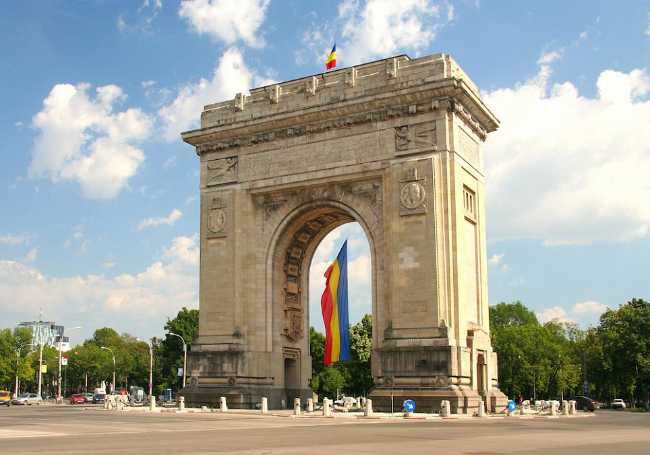
Arcul de Triumf, Bucharest’s triumphal arch, stands as a proud symbol of Romania’s unity and resilience. Originally built in wood in 1878 to celebrate independence, the current stone structure was designed by Petre Antonescu and inaugurated in 1936. Located on Kiseleff Road in northern Bucharest, the 27-meter monument commemorates Romania’s victory in World War I and the coronation of King Ferdinand and Queen Marie. Its neoclassical design echoes the Arc de Triomphe in Paris, with sculptural details by renowned Romanian artists. Each year on December 1st, Romania’s National Day, military parades pass beneath the arch, reinforcing its role in national celebration. Nearby, Herăstrău Park and Elisabeta Palace enhance its cultural setting. Though surrounded by traffic, the Arcul de Triumf remains a focal point of civic pride and historical memory, offering panoramic views from its interior museum when open to the public. It’s a must-see landmark that bridges Romania’s past and present.
Bucharest RomaniaArcul de Triumf is a striking triumphal arch located in the northern part of Bucharest at the bustling intersection of Kiseleff Road and Mareșal Alexandru Averescu Boulevard, near King Michael I Park (formerly Herăstrău Park). This imposing 27-meter-tall monument, inaugurated in 1936 and designed by architect Petre Antonescu, commemorates Romania's victory in World War I and the Great Union of 1918. The arch stands as a powerful symbol of national independence and resilience and features intricate sculptures by renowned Romanian artists. Visitors can climb an internal staircase to a small museum inside and enjoy panoramic views from its terrace. Nearby, King Michael I Park offers lush green spaces perfect for relaxation and enjoyment. The area is well served by public transport, including the Arcul de Triumf bus station and proximity to Aviatorilor metro station, making it accessible. Other notable nearby attractions include the Dimitrie Gusti National Village Museum, Ceaușescu House, Zambaccian Art Museum, and the Grigore Antipa National Museum of Natural History. The location blends history, culture, and leisure in this elegant northern district of Bucharest. Annual military parades take place beneath the arch each December 1st, Romania’s National Day, underscoring its continued significance in Romanian heritage.
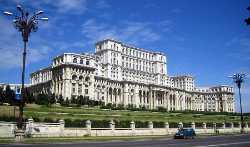 Palatul Parlamentului
Bucharest
Palatul Parlamentului
Bucharest
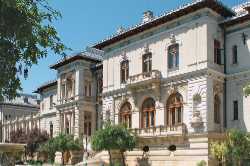 Muzeul Naţional Cotroceni
Bucharest
Muzeul Naţional Cotroceni
Bucharest
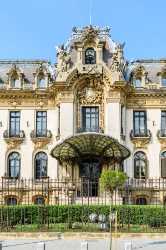 Cantacuzino Palace
Bucharest
Cantacuzino Palace
Bucharest
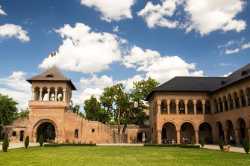 Mogosoaia Palace
Bucharest
Mogosoaia Palace
Bucharest
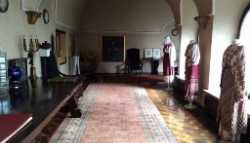 Elisabeta Palace
Bucharest
Elisabeta Palace
Bucharest
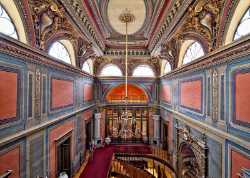 Suțu Palace
Bucharest
Suțu Palace
Bucharest
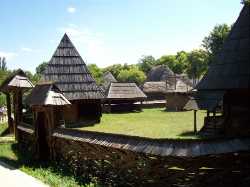 Dimitrie Gusti National Village Museum
Bucharest
Dimitrie Gusti National Village Museum
Bucharest
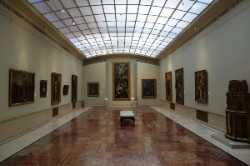 National Museum of Art of Romania
Bucharest
National Museum of Art of Romania
Bucharest
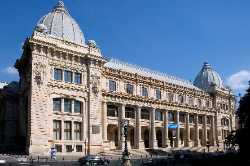 National History Museum of Romania
Bucharest
National History Museum of Romania
Bucharest
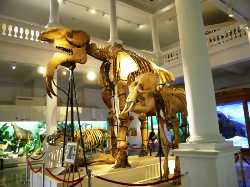 Grigore Antipa National Museum of Natural History
Bucharest
Grigore Antipa National Museum of Natural History
Bucharest
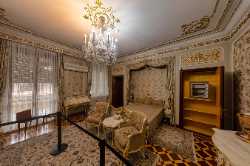 Primaverii Palace
Bucharest
Primaverii Palace
Bucharest
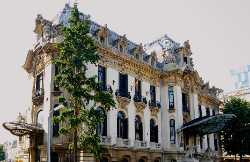 George Enescu National Museum
Bucharest
George Enescu National Museum
Bucharest
 Ferestroika
Bucharest
Ferestroika
Bucharest
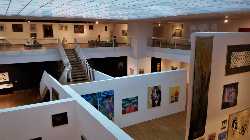 National Museum of Contemporary Art
Bucharest
National Museum of Contemporary Art
Bucharest
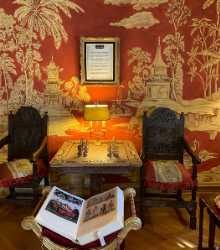 The Little Paris Museum in Bucharest
Bucharest
The Little Paris Museum in Bucharest
Bucharest
 Theodor Aman Museum
Bucharest
Theodor Aman Museum
Bucharest
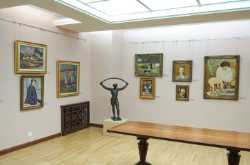 Zambaccian Art Museum
Bucharest
Zambaccian Art Museum
Bucharest
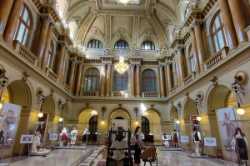 National Bank of Romania Museum
Bucharest
National Bank of Romania Museum
Bucharest
 Museum of Football
Bucharest
Museum of Football
Bucharest
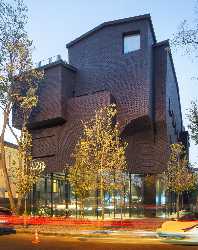 Museum of Recent Arts
Bucharest
Museum of Recent Arts
Bucharest
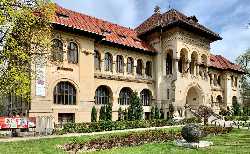 National Museum of Geology in Bucharest
Bucharest
National Museum of Geology in Bucharest
Bucharest
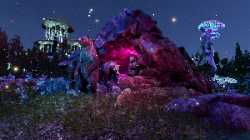 MINA Museum of Immersive New Art
Bucharest
MINA Museum of Immersive New Art
Bucharest
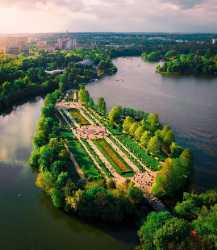 King Michael I Park
Bucharest
King Michael I Park
Bucharest
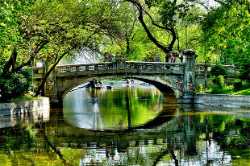 Cișmigiu Gardens
Bucharest
Cișmigiu Gardens
Bucharest
 Botanical Garden of Bucharest
Bucharest
Botanical Garden of Bucharest
Bucharest
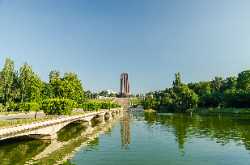 Carol Park
Bucharest
Carol Park
Bucharest
 Tineretului Park
Bucharest
Tineretului Park
Bucharest
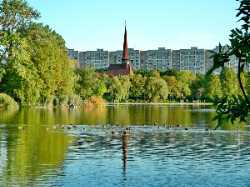 Alexandru Ioan Cuza Park
Bucharest
Alexandru Ioan Cuza Park
Bucharest
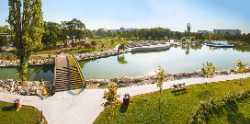 Drumul Taberei Park
Bucharest
Drumul Taberei Park
Bucharest
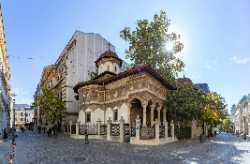 Stavropoleos Church
Bucharest
Stavropoleos Church
Bucharest
 Patriarchal Cathedral
Bucharest
Patriarchal Cathedral
Bucharest
 Antim Monastery
Bucharest
Antim Monastery
Bucharest
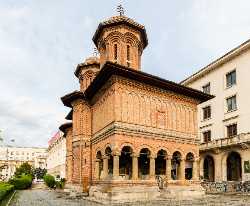 Kretzulescu Church
Bucharest
Kretzulescu Church
Bucharest
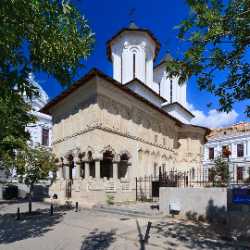 Colțea Church
Bucharest
Colțea Church
Bucharest
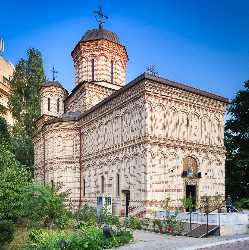 Mihai Vodă Church
Bucharest
Mihai Vodă Church
Bucharest
 Choral Temple
Bucharest
Choral Temple
Bucharest
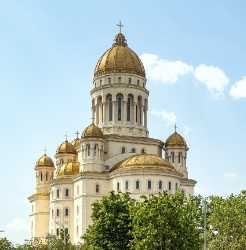 Catedrala Mantuirii Neamului
Bucharest
Catedrala Mantuirii Neamului
Bucharest
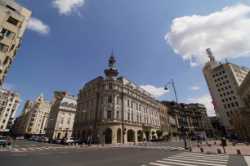 Calea Victoriei
Bucharest
Calea Victoriei
Bucharest
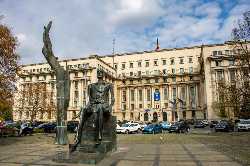 Piața Revoluției
Bucharest
Piața Revoluției
Bucharest
 Piața Universității
Bucharest
Piața Universității
Bucharest
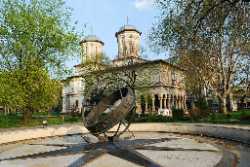 Kilometre Zero
Bucharest
Kilometre Zero
Bucharest
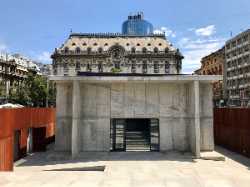 Holocaust-Mahnmal
Bucharest
Holocaust-Mahnmal
Bucharest
 Bucharest Zoo
Bucharest
Bucharest Zoo
Bucharest
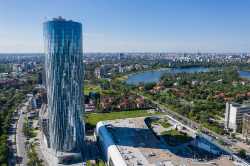 SKY Tower
Bucharest
SKY Tower
Bucharest
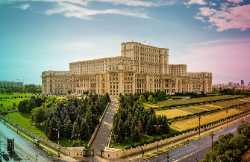 Palace of Parliament
Bucharest
Palace of Parliament
Bucharest
 Piața Obor
Bucharest
Piața Obor
Bucharest
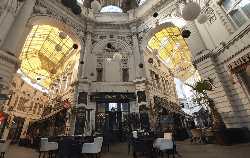 Pasajul Macca-Vilacrosse
Bucharest
Pasajul Macca-Vilacrosse
Bucharest
 Therme București
Bucharest
Therme București
Bucharest
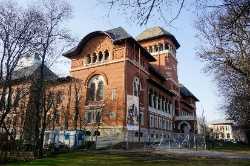 National Museum of the Romanian Peasant
Bucharest
National Museum of the Romanian Peasant
Bucharest
 National Military Museum
Bucharest
National Military Museum
Bucharest
 National Museum of Romanian Aviation
Bucharest
National Museum of Romanian Aviation
Bucharest
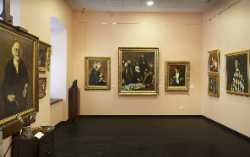 Museum of Art Collections
Bucharest
Museum of Art Collections
Bucharest
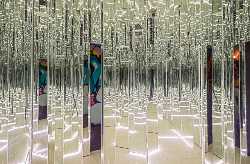 Bucharest Museum of Senses
Bucharest
Bucharest Museum of Senses
Bucharest
 The Museum of Romanian Railroad History
Bucharest
The Museum of Romanian Railroad History
Bucharest
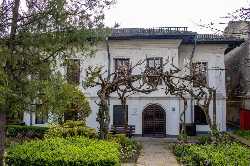 Theodor Pallady Museum
Bucharest
Theodor Pallady Museum
Bucharest
 Gheorghe Tattarescu Museum
Bucharest
Gheorghe Tattarescu Museum
Bucharest
 Ligia & Pompiliu Macovei Museum
Bucharest
Ligia & Pompiliu Macovei Museum
Bucharest
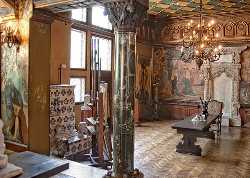 Frederic & Cecilia Cuţescu‑Storck Art Museum
Bucharest
Frederic & Cecilia Cuţescu‑Storck Art Museum
Bucharest
 Nicolae Minovici Folk Art Museum
Bucharest
Nicolae Minovici Folk Art Museum
Bucharest
 Tudor Arghezi House
Bucharest
Tudor Arghezi House
Bucharest
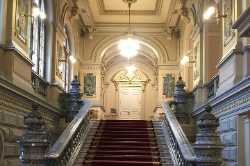 Cotroceni Palace
Bucharest
Cotroceni Palace
Bucharest
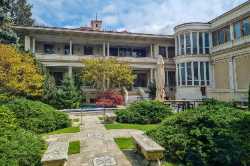 Ceauşescu Mansion
Bucharest
Ceauşescu Mansion
Bucharest
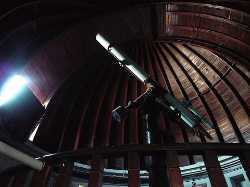 Bucharest Observatory
Bucharest
Bucharest Observatory
Bucharest
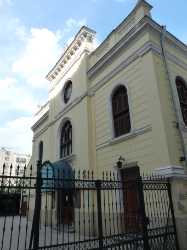 Great Synagogue
Bucharest
Great Synagogue
Bucharest
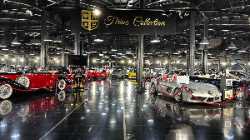 Tiriac Car Collection Museum
Bucharest
Tiriac Car Collection Museum
Bucharest
 H’Art Gallery
Bucharest
H’Art Gallery
Bucharest
 Anca Poterașu Gallery
Bucharest
Anca Poterașu Gallery
Bucharest
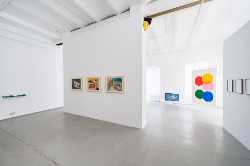 Ivan Gallery
Bucharest
Ivan Gallery
Bucharest
 Mobius Gallery
Bucharest
Mobius Gallery
Bucharest
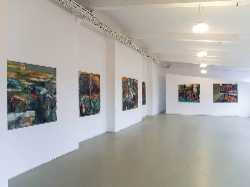 Zorzini Gallery
Bucharest
Zorzini Gallery
Bucharest
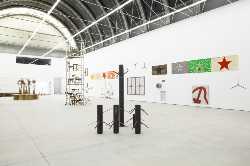 Nicodim Gallery
Bucharest
Nicodim Gallery
Bucharest
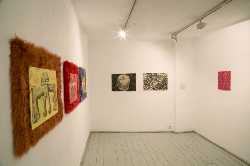 Laborna Contemporary Art Gallery
Bucharest
Laborna Contemporary Art Gallery
Bucharest
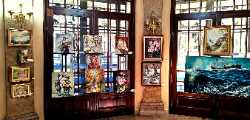 AnnArt Gallery
Bucharest
AnnArt Gallery
Bucharest
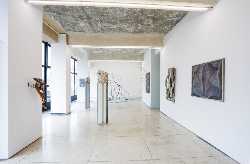 Suprainfinit Gallery
Bucharest
Suprainfinit Gallery
Bucharest
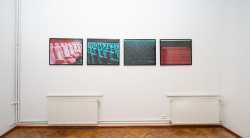 Gaep Gallery
Bucharest
Gaep Gallery
Bucharest
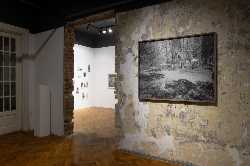 Galeria Posibilă
Bucharest
Galeria Posibilă
Bucharest
 Borderline Art Space
Bucharest
Borderline Art Space
Bucharest
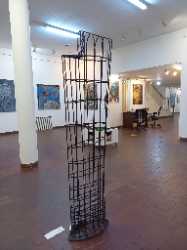 Centrul Artelor Vizuale
Bucharest
Centrul Artelor Vizuale
Bucharest
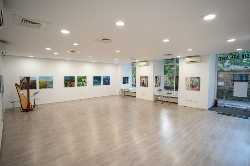 Elite Art Gallery
Bucharest
Elite Art Gallery
Bucharest
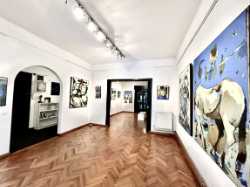 Art Yourself Gallery
Bucharest
Art Yourself Gallery
Bucharest
 Galeria Galateca
Bucharest
Galeria Galateca
Bucharest
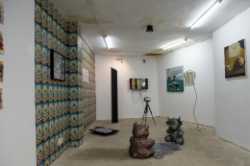 Matca Artspace
Bucharest
Matca Artspace
Bucharest
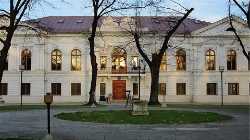 Ghica Tei Palace
Bucharest
Ghica Tei Palace
Bucharest